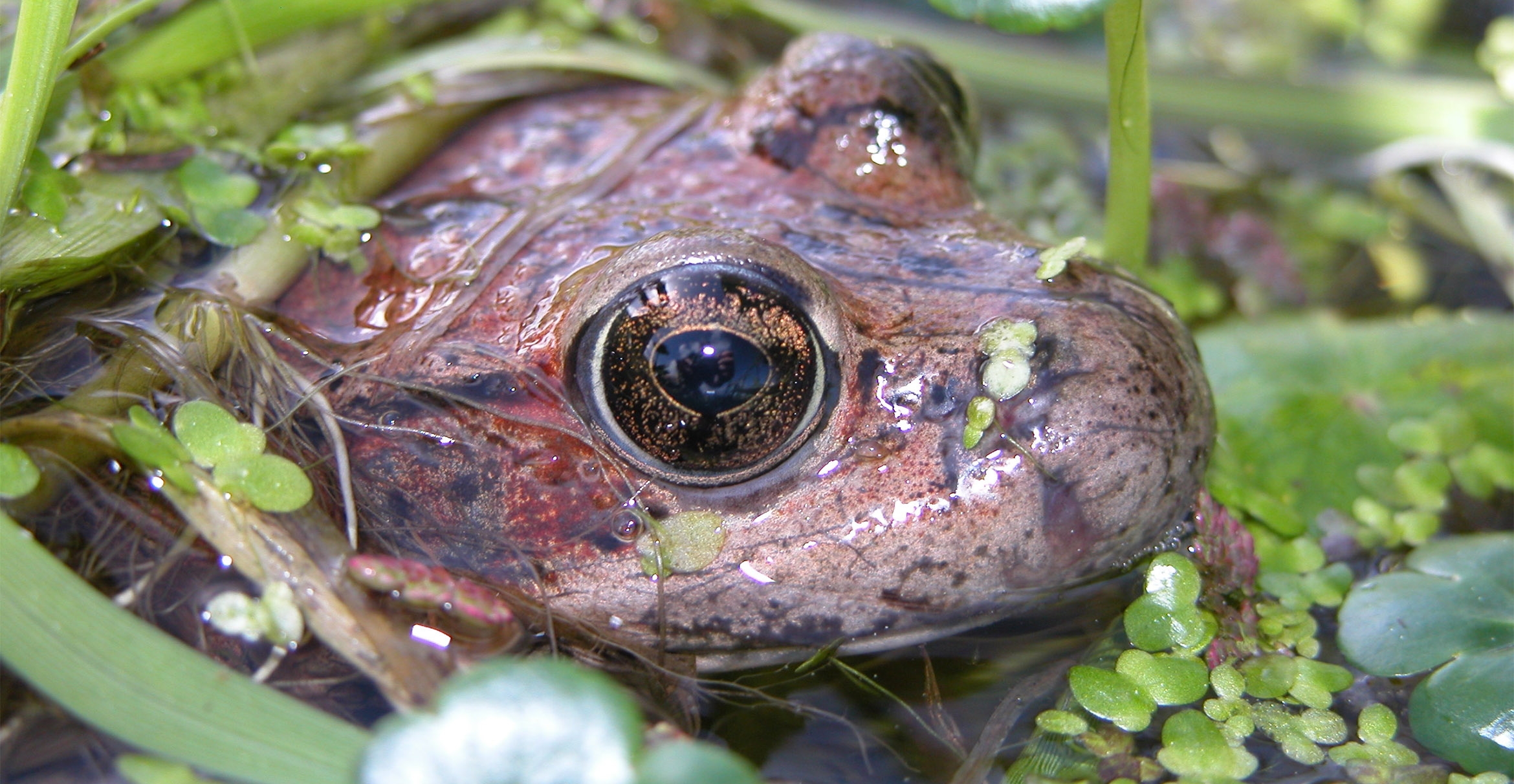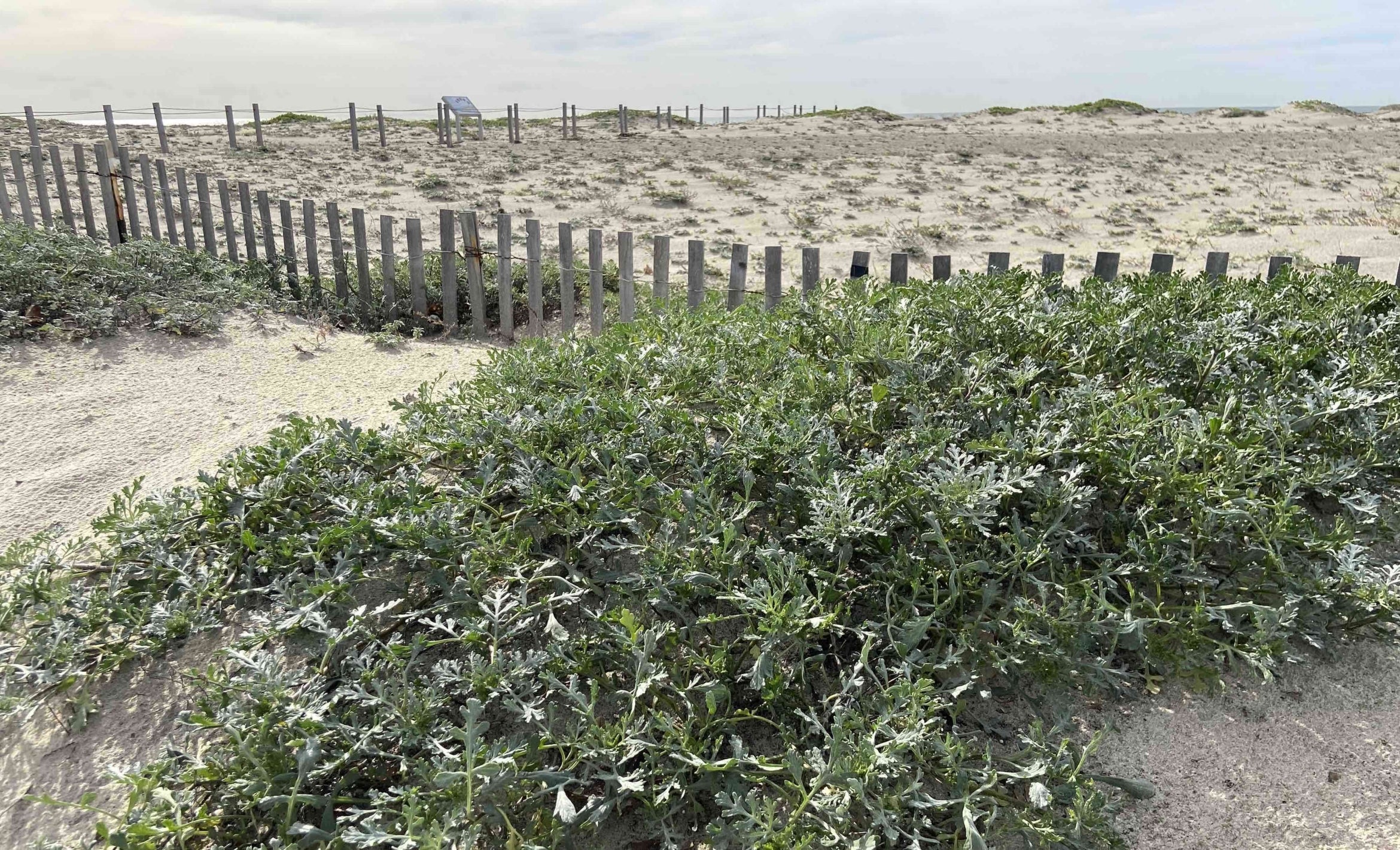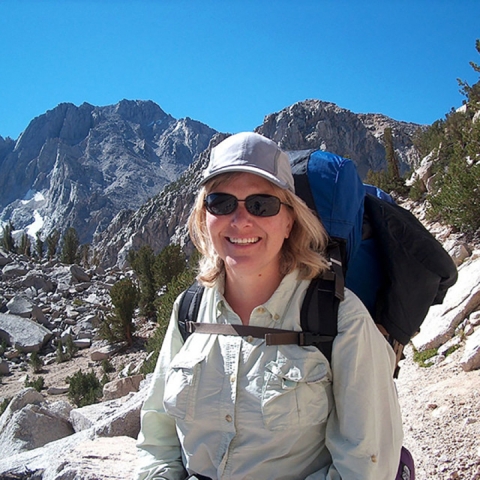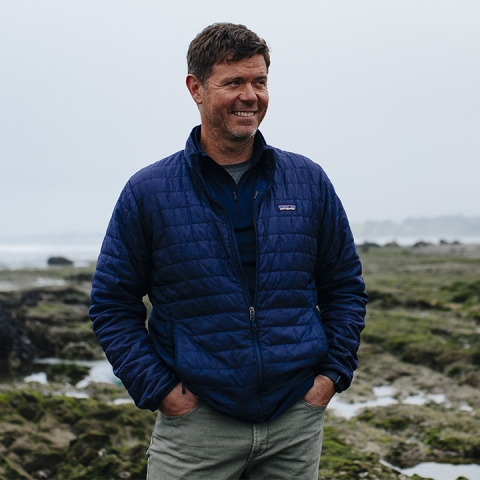
Seeding climate solutions for California’s amphibian communities and iconic beaches
They specialize in different subjects, but biologist Cheryl Briggs and geographer Ian Walker are driven by common goals: restoration and conservation. And now these UC Santa Barbara researchers have each received a major grant from the University of California to pursue their respective projects.
Geography professor Walker is the primary investigator on a $1.9 million grant focused on dunes as nature-based solutions to enhance the resilience of California’s beaches to climate change; Briggs, a professor of ecology, evolution and marine biology, will lead a $1.5 million effort to enhance the richness and resilience of California’s amphibian communities.
Their projects are among 38 across California that altogether were awarded more than $80 million as part of a historic partnership between the UC and the state. The California Climate Action Seed Grants and Matching Grants, which collectively involve more than 130 community, industry, tribal and public agencies, as well as 12 UC locations, 11 California State University campuses and two private universities, are intended to spur implementation of solutions that directly address state climate priorities.
“As the state’s preeminent research institution, the University of California is proud to partner with the state to pursue our shared climate goals,” said UC President Michael V. Drake, M.D. “The innovations catalyzed by the Climate Action awards will make all of our communities safer, more sustainable and more resilient.”
The grant awards align with state priorities to advance climate resilience and social equity, particularly in communities where the effects of climate change are felt most acutely. These state priorities align with UC’s long record of initiatives to mitigate the impacts of climate change. The selected projects utilize both high-tech and people-centered solutions to the climate crisis and include a broad range of community voices.
Supporting amphibian communities
Amphibians — think frogs, toads and salamanders — are imperiled across the planet. Much of this is due to habitat loss. The issue is especially acute in California, where over 90% of natural wetlands have been destroyed or modified. Increasingly extreme weather fluctuations, from severe drought to destructive flooding, have exacerbated the plight of amphibians and their dependency on ponds. Some species, such as the California red-legged frog and the California tiger salamander, are now restricted to highly modified habitats often linked to humans. Their persistence is thus critically linked to how such environments are managed.
In collaboration with the East Bay Municipal Utility District, the East Bay Regional Park District and UC Berkeley, Briggs and her team will seek to quantitatively identify wetland characteristics that promote resilience in aquatic communities and combine this information with climate forecasting to enhance habitat suitability in an uncertain future. They will focus on native communities of amphibians, and in particular on those designated as Species of Greatest Conservation Need, such as the California red-legged frog and the California tiger salamander.
“The goal of the project is to develop scientifically informed restoration strategies that enhance the ability of our amphibians to withstand such extreme fluctuations,” said Briggs. “Often this is very challenging for scientists because most studies last for only a few years, often witnessing only a small range in the conditions experienced by wildlife. But for this project, we are in the unique situation of already having long-term data (11 years’ worth), which we will use in combination with mathematical modeling to develop on-the-ground guidance for management.”
According to Briggs, the work will have a direct influence on more than 800 ponds distributed across 50,000 hectares of habitat, and offer management insight relevant to amphibian populations across much of the state. Alongside direct outcomes, she added, results from the grant will be leveraged to undertake restoration efforts across managed properties, facilitating the capacity of aquatic wildlife to durably persist in the face of climate variability.
“What is especially exciting about this project is that it fosters partnership between academic scientists and land managers to work directly on solutions that promote amphibian conservation,” Briggs said. “This also provides a rare opportunity to consider restoration across entire landscapes, rather than at the scale of an individual pond or isolated property.”
Turning to dunes
California’s beaches are iconic, highly valued spaces that provide many co-benefits to communities, economies and coastal ecosystems. The vulnerability of these beaches to climate change and the need for viable adaptation strategies is laid out in many state policies, and nature-based solutions (NbS) using beach and dune restoration have been implemented at multiple sites statewide. However, explained Walker, projects vary in extent, design and purpose and many are “not fully informed by current science on beach-dune geomorphology, ecology, coastal hazards or future forecasts.”
Walker hopes to address that deficit, alongside a team of scientists, practitioners and land managers with expertise and experience in restoration projects that span the diversity of the coast. His collaborators come from Coastal Ecosystems Institute of Northern California; Morro Bay National Estuary Program; Point Blue Conservation Science; Scripps Institute of Oceanography; UCLA; UC San Diego; the U.S. Fish and Wildlife Service; and the U.S. Geological Survey.

“I have loved beaches and dunes since I was a kid growing up in Southern Ontario. Going to the beaches (many with dunes) was a common activity for family vacations, holidays, school field trips,” Walker said. “Only later during my undergraduate years at the University of Toronto, and graduate work at the University of Guelph, did I begin to recognize their environmental importance and ecological significance. Coastal dunes are highly dynamic ecosystems and their form and function are highly dependent on local biology, coastal processes such as waves, winds, tides and surges, and exposure to extreme events.”
And yet, he added, land use constraints, stakeholder interests and management practices make it difficult to achieve dune resilience with a uniform design. “Instead, planning and restoration often reflect a compromise between site conditions and constraints, while focus on resilience, or the ability of the dune ecosystem to withstand erosive events and maintain and rebuild itself over time by natural processes, is often secondary or neglected.”
That’s where his grant project comes in, with a goal to both enhance understanding of, and provide actionable information for, the use of coastal dunes as a NbS for enhancing the resilience of sandy beaches in California to climate-change impacts such as flooding, erosion and loss of specialized habitats and biodiversity.
“Specifically,” said Walker, “we will identify sites, methods and actions to accelerate implementation and effectiveness of beach-dune restoration as a viable, scientifically informed, accessible adaptation strategy for coastal communities.”
Shelly Leachman
Editorial Director
(805) 893-2191
sleachman@ucsb.edu





